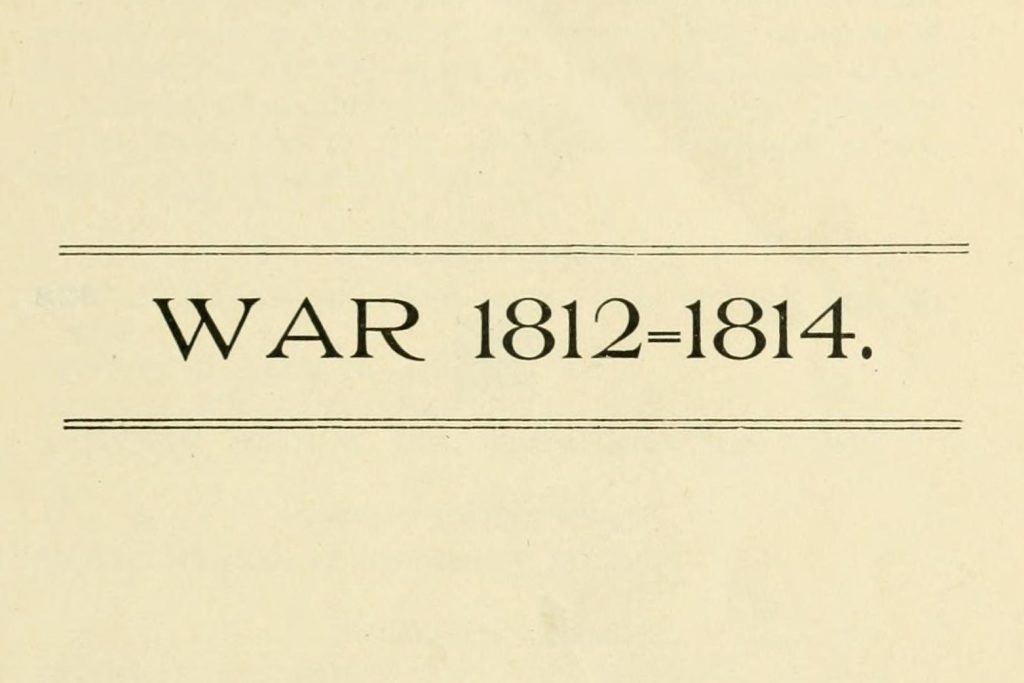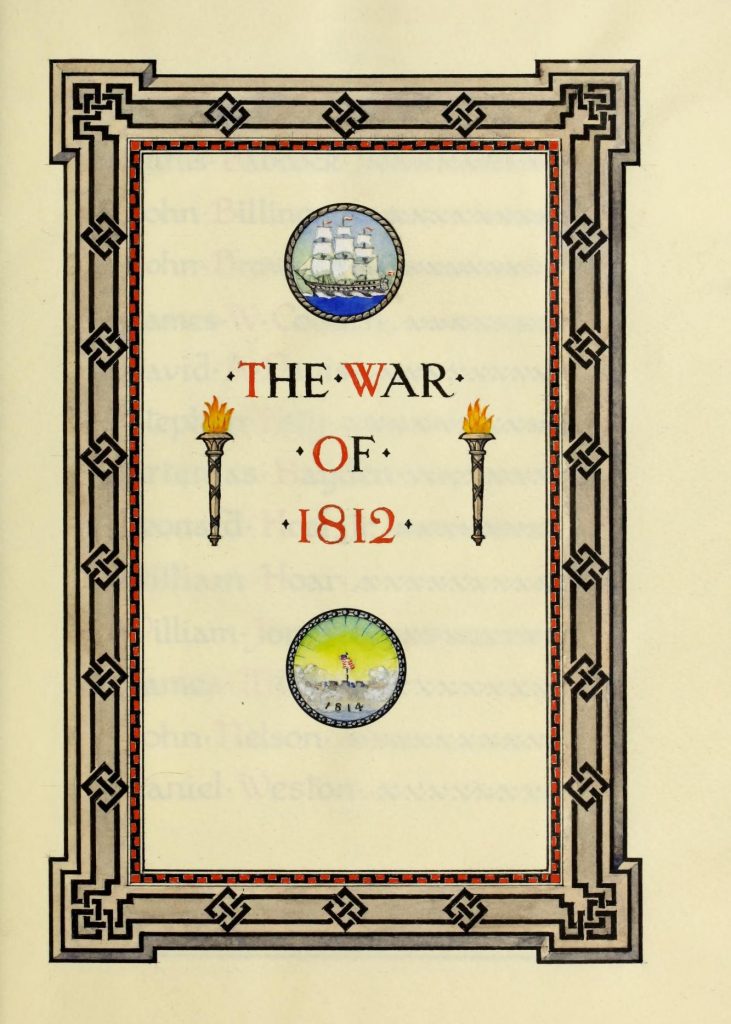
Resource Links
- Bounty Land Warrants
- Casualty Records
- Cemetery Records
- Draft Records
- Enlistment Records
- Military Operations
- Muster Rolls
- Pension Records
- Prisoners of War
- Rolls of Honor
- Service Records
- Society Records
- Other Military Records
Overview
War of 1812, 1812-1814
“The War of 1812” is an easy handle for students who struggle with dates. But the name is a misnomer that makes the conflict sound like a mere wisp of a war that began and ended the same year.
In reality, it lasted 32 months following the U.S. declaration of war on Britain in June 1812. That’s longer than the Mexican-American War, Spanish-American War, and U.S. involvement in World War I.
Also confusing is the Battle of New Orleans, the largest of the war and a resounding U.S. victory. The battle occurred in January, 1815—two weeks after U.S. and British envoys signed a peace treaty in Ghent, Belgium. News traveled slowly then. Source: SmithsonianMag.com
Seeds of war were sown in many places
The War of 1812 brought the United States onto the world’s stage in a conflict that ranged throughout the American Northeast, Midwest, and Southeast, into Canada, and onto the high seas and Great Lakes. The United States went to war against Great Britain. The British were already waging a global war against France, one which had been raging since 1793.
Canada, then under British rule, became the primary battleground between the young republic and the old empire.
The seeds of war were sown in many places. Since their war had broken out, Britain and France had both tried to restrict international trade. The United States was put in an awkward position, unable to trade with either world power without incurring the wrath of the other. In response, Congress passed a series of non-importation acts and embargos, each time trying to force the European powers to feel the sting of losing access to American markets. Europe was largely unmoved, and the United States fell into an economic depression. Source: BattleFields.org
American Independence Confirmed
In military terms, the War of 1812 was inconclusive. The U.S. achieved some notable victories: on Lake Erie (commemorated at Perry’s Victory and International Peace Memorial), at Fort McHenry (commemorated at Fort McHenry National Monument & Historic Shrine), and in the Battle of New Orleans (commemorated at Chalmette Battlefield, part of Jean Lafitte National Historic Park & Preserve). But the war also saw Washington occupied and the White House set on fire. Two American invasions of Canada failed.
The 1814 Treaty of Ghent, which ended the war, merely affirmed the situation prevailing before the war began (the status quo antebellum). The treaty was silent on the issues of commercial rights that had led to war. When war between Britain and France ended in 1815, so did British interference with American shipping. Source: NPS.gov
Type of Information
page under construction
How is the helpful
page under construction
Feature Items
- page 1
- page 2
- page 3
- page4
- page 5
Recent Items
- post 1
- post 2
- post 3
- post 4
- post 5

Guide Books
- Guidebook – xxx
- Guidebook – xxx
Related Resources
- Military – Home Page
- xxx
- xxx
- xxx
External Resources
- War of 1812 Ancestry.com
- War of 1812 FamilySearch.org
- War of 1812 Fold3.com
- War of 1812 Archives.gov
- War of 1812 Battlefields.org
- War of 1812 video PBS.org
We hope you found this resource helpful. Please join us and continue the conversation on our facebook page. https://www.facebook.com/AncestryPaths